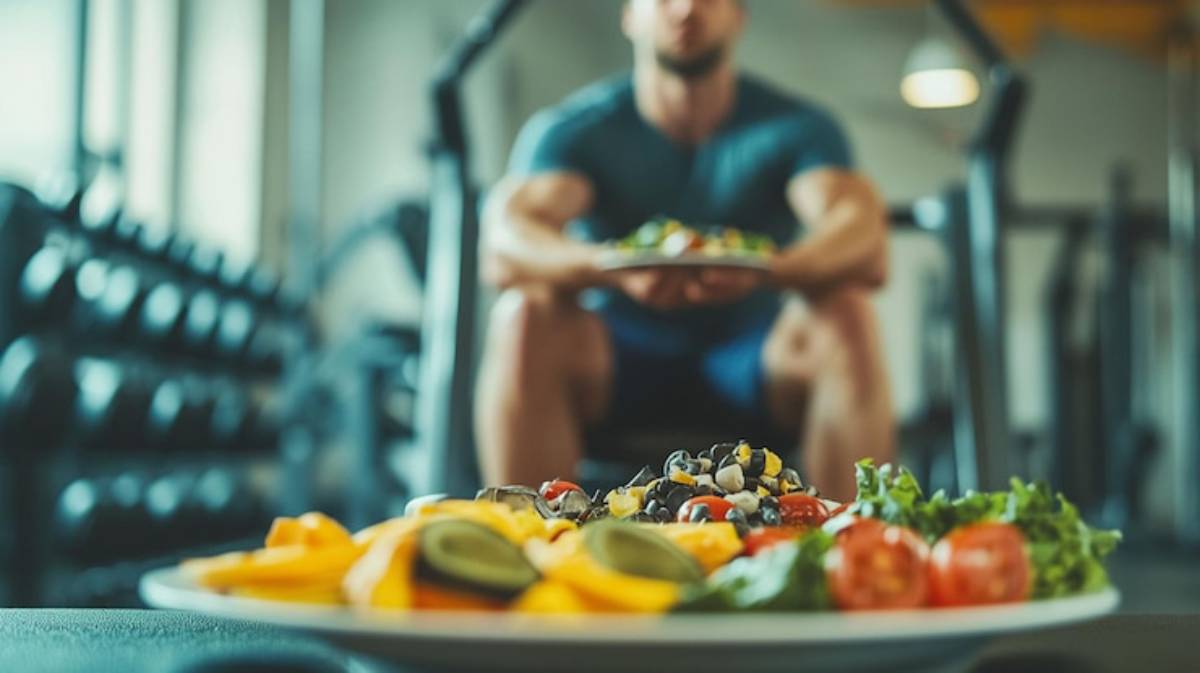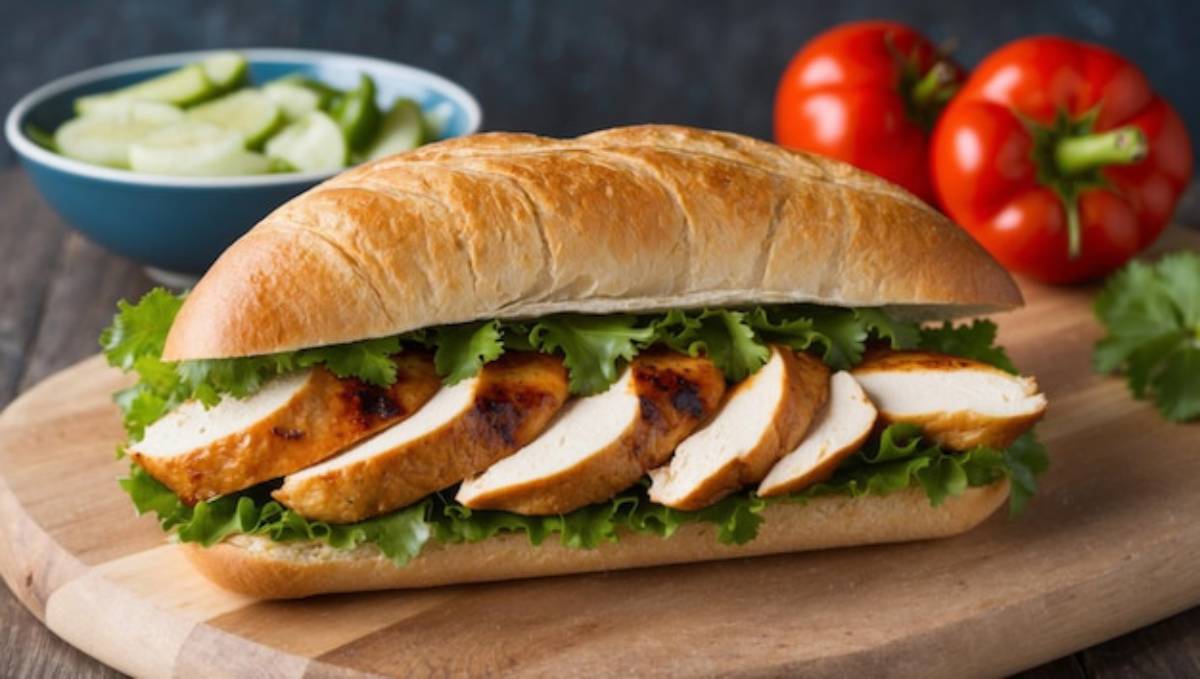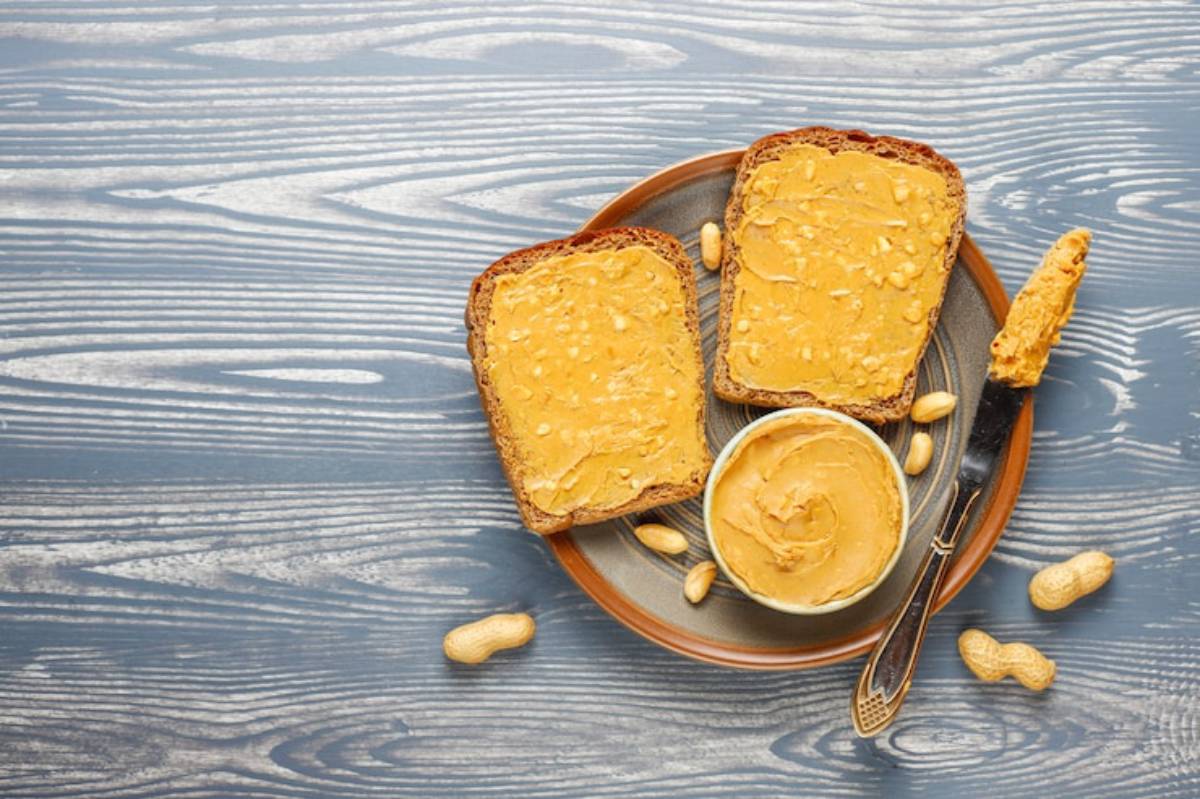
Meal Spacing for Optimal Workout Energy
Have you ever finished a workout feeling drained, wondering if it was your diet that let you down? You’re not imagining it. The way you space your meals around your exercise can significantly impact how energised, strong, and focused you feel during a session.
In this comprehensive guide, we’ll explore how meal timing for exercise plays a crucial role in fuelling your body, enhancing nutrient absorption, and optimising performance meal planning. By the end, you’ll know exactly when and what to eat to unlock your full potential — and, more importantly, feel great doing it!
Why Meal Spacing Matters for Exercise Performance
Before we get into the nitty-gritty of schedules and meal plans, let’s first understand why meal timing deserves your attention.
- Maximised Energy Levels: Eating at the right times ensures your body has readily available fuel.
- Enhanced Nutrient Absorption: Spacing meals appropriately helps your body absorb and use nutrients more efficiently.
- Improved Performance and Recovery: Smart meal timing can lead to better workouts and faster recovery.
Skipping meals or eating too close to a workout can leave you feeling sluggish, bloated, or weak — definitely not what you want when you’re aiming for personal bests!
The Basics of Meal Timing for Exercise
Key Phases to Consider
- Pre-Workout Meal: Fuels your body for the upcoming exertion.
- Post-Workout Meal: Aids in recovery and muscle repair.
- Daily Meal Distribution: Keeps energy levels steady throughout the day.
Let’s dive deeper into each phase.
Pre-Workout Meal: Timing and Composition
Ideal Timing
Aim to eat a balanced meal 2-3 hours before your workout. If you’re tight on time, a light snack 30-60 minutes prior can also work.
What to Eat
- Carbohydrates: Your main energy source.
- Protein: Helps preserve muscle mass.
- Minimal Fat and Fibre: Slows digestion and could cause discomfort.
Examples:

- Grilled chicken sandwich on wholegrain bread
- Yoghurt with granola and berries
- Banana and a small protein shake
Pro Tip: Test different foods and timings during training sessions rather than on competition days.
Learn more here: Perfect Pre-Workout Meals for Energy.
Nutrient Absorption: Timing Your Post-Workout Meal
Why the “Anabolic Window” Still Matters (Sort of)
You might have heard that you must eat immediately after exercise to maximise gains. While the “anabolic window” is broader than previously thought (up to two hours), eating soon after still supports muscle recovery and glycogen replenishment.
Ideal Timing
- Eat within 30-90 minutes post-workout for optimal recovery.
What to Eat
- Protein: For muscle repair (e.g., whey protein, eggs, chicken)
- Carbohydrates: To replenish glycogen stores (e.g., rice, sweet potatoes)
Sample Post-Workout Meals:
- Protein smoothie with banana
- Grilled salmon with quinoa
- Cottage cheese with fruit
Explore more: The Science of Post-Workout Nutrition.
Daily Meal Distribution for Performance Meal Planning
Eating three square meals isn’t always optimal for athletes or serious fitness enthusiasts.
Better Strategy: Frequent, Balanced Meals
Plan for 4-6 smaller meals/snacks daily:
- Keeps blood sugar stable
- Prevents energy dips
- Supports continuous nutrient availability
Ideal Distribution Example:
- Breakfast (7 AM)
- Mid-morning snack (10 AM)
- Lunch (1 PM)
- Pre-workout snack (4 PM)
- Dinner (7 PM)
- Optional light snack (9 PM if needed)
Why Spacing Matters
Overloading meals can lead to sluggishness. Smart spacing helps your body digest and absorb nutrients efficiently without feeling overly full or tired.
Real-world tip: Set phone alarms if you tend to forget snack times during busy days!
How to Adjust Meal Timing for Different Workout Types
Morning Workouts
- Light breakfast 30-60 minutes before
- Main recovery meal immediately after
Quick Options:

- Toast with peanut butter
- Smoothie with oats and protein powder
Midday Workouts
- Normal breakfast
- Pre-workout snack 60 minutes before
- Post-workout lunch
Evening Workouts
- Balanced lunch
- Pre-workout snack 90 minutes before
- Light recovery meal if close to bedtime
Important Tip: Avoid heavy, greasy foods before evening sessions to prevent discomfort.
Common Mistakes in Meal Timing for Exercise
Avoid these frequent slip-ups to ensure you get the most from your efforts:
- Skipping Pre-Workout Meals: Leads to low energy and poor performance.
- Overeating Before Exercise: Causes sluggishness and stomach issues.
- Relying on Processed Snacks: They often lack quality nutrients needed for performance.
- Ignoring Recovery Nutrition: Hinders muscle growth and recovery.
Pro Tip: Keep a nutrition journal to fine-tune your timing and food choices based on how you feel and perform.
Real-World Examples: How Meal Timing Boosts Results
Sarah’s Story: Sarah, a recreational runner, switched from skipping breakfast to eating a banana with peanut butter an hour before her runs. Her endurance improved significantly, and she shaved minutes off her 10K time.
Liam’s Experience: Liam, a weightlifter, used to delay his Post-workout meal until hours later. Once he started drinking a recovery shake within 30 minutes post-training, he noticed better strength gains and reduced soreness.
Key Insight: Small adjustments in meal timing for exercise can produce big improvements in performance and recovery.
Myth Busting: Meal Timing Edition

1. “You Must Eat Immediately After a Workout”
Truth: Eating within 90 minutes is effective for most people.
2. “Fasted Workouts Are Always Better for Fat Loss”
Truth: While they can enhance fat oxidation, overall fat loss depends on calorie balance.
3. “More Meals Equal Faster Metabolism”
Truth: Meal frequency impacts blood sugar control more than metabolism speed, but smart spacing can improve how you feel and perform.
Fuel Smart, Perform Better
Meal spacing isn’t just a “nice-to-have” — it’s a powerful tool to enhance your workouts and accelerate your results. By understanding and implementing smart meal timing for exercise, supporting better nutrient absorption, and creating a personalised performance meal planning strategy, you set yourself up for consistent wins.
Now it’s your turn! Have you experimented with different meal timing strategies? What’s worked (or not) for you? Share your experiences in the comments — let’s learn and grow together!